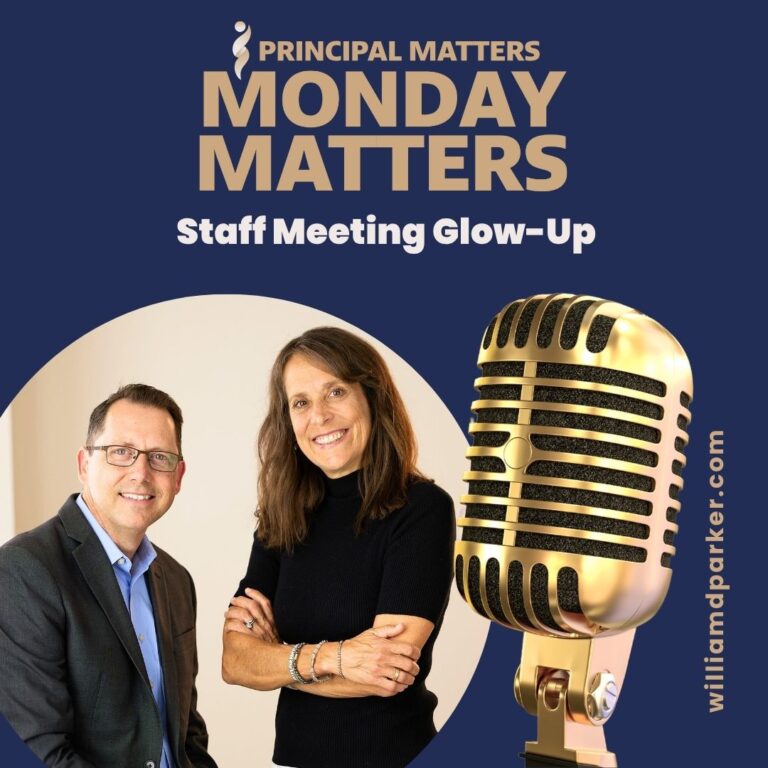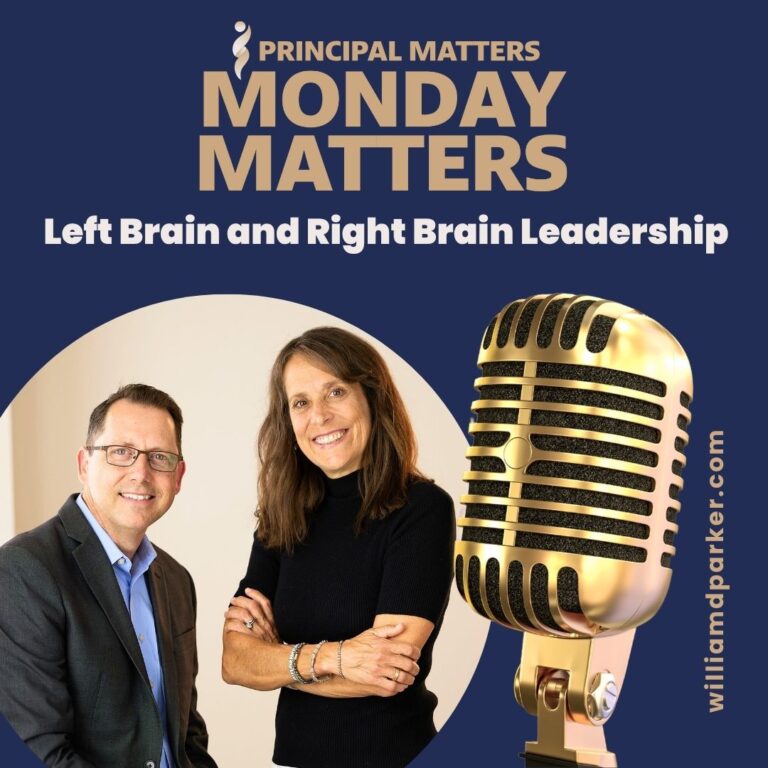Podcast: Play in new window | Download
When I was boy, my parents would often stop by a decrepit farmhouse where they had first lived after being married.
My great-grandfather had built it in the early 1900’s with a big front porch, two chimneys, and a tin roof. A large pear tree grew in the front yard, and in the spring, yellow jonquils (or buttercups as we called them) would cover the hillside there. The Old House was no longer inhabitable, but it had become a place where family members stored old furniture or other odds and ends.
I still remember wandering through the sunlit rooms filled with scattered furniture and trunks and imagining what life was like for my ancestors who once lived there without cars or indoor plumbing. One spring when my dad butchered a hog, he wrapped up the hams and carried them to The Old House where he stored the meat in a large wooden box filled with salt. Weeks later, we retrieved the hams from the saltbox and had salted pork for weeks to come.
When I see buttercups, I often think of The Old House. And this is normally the time of year for blooms to emerge. At the same time, spring time brings up other questions about what is in store for our school. For instance, what steps are we taking now that might leave impressions or blooms for the coming school year?
Spring Time & Learning Goals
One of the mistakes we often make is not planning long before the next season of school. As school leaders, we can come up with some great ideas on improvements, but we often fail to include our team in planning, developing, testing, and implementing them far in advance. As a result, teachers grow weary of being introduced to a new schedule or target when they return to a new school year. What would happen, if instead, we began those conversations a semester or even a year before implementing something new?
This week we met with teachers for a professional development day. As we looked at goals for the second semester of this school year, we asked: What actions, lessons, relationships, or decisions are we taking now that may affect next school year or years to come? We picked up a conversation we’ve been having since last fall on how we can better influence students learning essential skills. One area where we need to grow is in better remediating students on critical skills. So just this week, our faculty pulled together to reflect remediation schedules that we are piloting or beta-testing throughout the spring semester.
A Case-Study In Beta-Testing
Last summer, I remember coming across a post by A.J. Julani on The Beginner’s Guide to Design Thinking in the Classroom. As I looked at the steps of building prototypes, I began asking: how could this apply to school-wide initiatives? In other words, if my role as a school leader is to see my entire school as a macro-version of a classroom, how can I use these same design-thinking tips to affect our school-wide planning?
So last semester, when we realized our schedule was not structured well for supporting remediation pullouts, we commissioned a team to brainstorm ideas and draft some new trial-schedules. Then we decided to beta-test these through the second semester as ideas for next school year. This team came up with what they called GRIT schedules: GRIT stands for “Growth Requires Intense Teamwork.”
Last Friday we ran our first trial run with our new schedule, and this week, while students were on holiday for President’s Day holiday, we met for professional development so that we could talk about the pros and cons of our first beta-test. I’d like to share some of that feedback as model or case-study for anyone thinking of using prototypes or beta-tests for your own ideas:
Beta-Testing New Schedules
Here’s a breakdown of steps we took to prepare and test a first trial run on a proposed remediation schedule for next school year:
1. A team of teachers, admin, and a counselor have met weekly to look at models of remediation schedules and draft possible scenarios for our school.
2. This team created a mock-daily schedule that we shared with faculty and students. Here’s an example:
3. We shared a menu of “sessions” or classroom options with faculty and students. Here’s a sample (I’ve omitted one column w/teacher names to respect confidentiality):
4. We shared a Tracking Sheet via Excel so that teachers could pre-assign students to sections or classes for the remediation sessions. Other students could be targeted for study halls, tutoring, etc. (This is an amazing tool for easily assigning students to teachers. I’ve blocked out student names. If teachers click on the “V” tab by a certain day, another tab opens of every teacher in the building, and a student can be chosen to match that teacher. This is a shared Google Doc, so it is something every teacher can use/share throughout the school.)
As expected, the results of our first beta-test were both positive and negative. In order to debrief, when we met as an entire faculty to review and to reflect on the trial run, we broke into seven groups and discussed these questions:
1. For those involved in “closed” CFA classrooms, what were the positive outcomes?
2. For CFA classrooms, what improvements could be made for next time?
3. For those in “open” sessions, what were positive outcomes?
4. For “open” sessions, what improvements could be made for next time?
5. What were some unexpected challenges from GRIT time?
6. What are suggestions or ideas for making GRIT time more meaningful for all students?
Then we pulled back into one large group and allowed each group to report their feedback. The GRIT planning team took notes as they will continue meeting and developing more prototypes to test. In addition to teacher feedback, we also shared Survey Monkey with students so they can provide direct feedback to us as well.
Yes, developing these plans, schedules, and resources requires lots of work. But it is also amazing to be a part of process that only happens with teacher collaboration. The result? If we reach our targeted goals, then next school year, our students may have better, focused, collaborative supports for improved learning.
Let’s Wrap This Up
You may not know this, but buttercups or jonquils aren’t native to North America. If the bulbs are planted in the fall, they will bloom in spring, and they will often become perennials. This past Christmas when I was visiting my parents, I drove by The Old House. It has crumbled and decayed. The roof has fallen in. But even as it disappears, I know that as spring approaches, it won’t be long until the buttercups that bloom along the hillside there are in full bloom.
As our team is walking through planning, designing, beta-testing, and reflecting, I’m reminded that collaboration is both messy and wonderful. Just like a gardener digs his or her fingers into soil to plant seeds or bulbs, we also have to be willing to get our hands dirty by keeping the long-view in mind. As I told our team, it would be easy to simply pick a direction and mandate a new schedule. But beta-testing, reflecting, and collaborating around a decision provides for better ideas, solutions, and outcomes.
I’ll keep you posted on our experiment in prototypes, but let me encourage you with this thought: As you are progressing into this semester, be thinking now about the practices you want to see blooming for next school year. Now is the time to be cultivating the soil of ideas, planting the seeds of change, and nurturing an environment of improvement with your school culture.
Now It’s Your Turn
What are ideas or dreams you have for next school year? What are actions your team and you can be taking now to plan, to prepare and to beta-test for improving student learning? The actions you are taking now may very well be the seeds that bloom for your students and schools long after your time there is over.
Principal Matters–The Book!
School leaders are very busy, so each of the twenty-four chapters is designed as a quick-read and followed with take-action questions for follow-up or reflection. If you want practical ideas on understanding your purpose, managing school teams, dealing with challenges, and leading with courage, action, motivation, and teamwork, go HERE to pick up a copy for you or your team.




